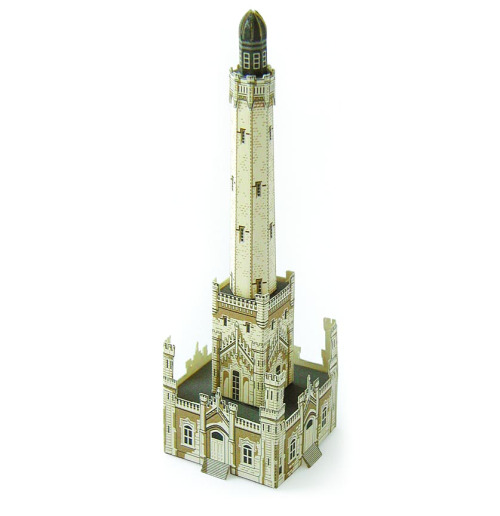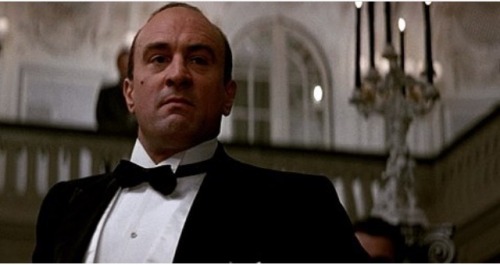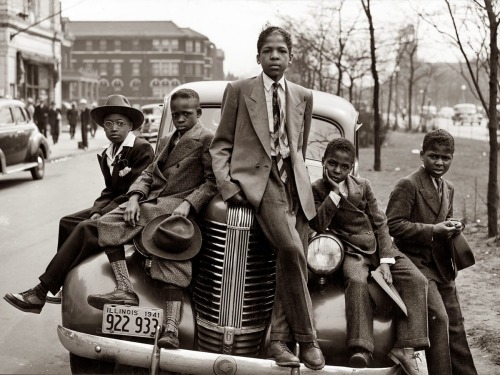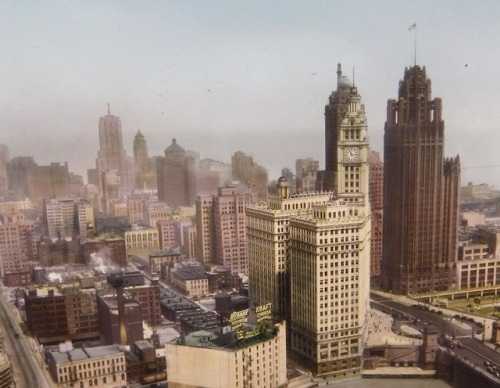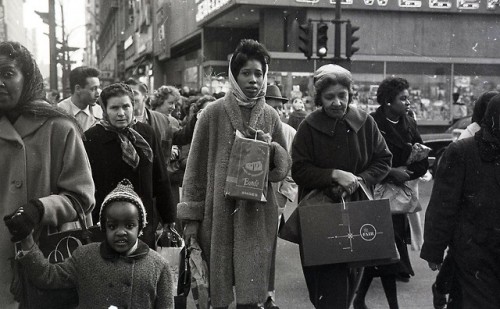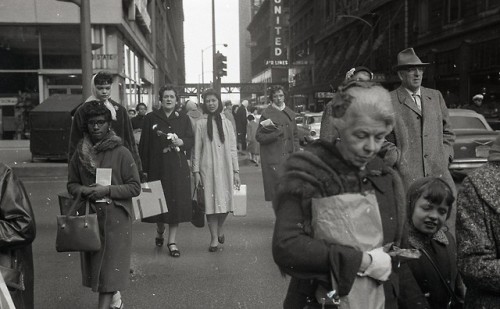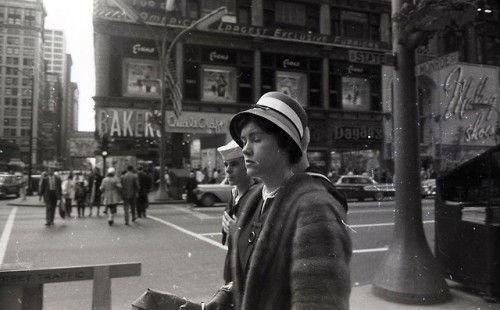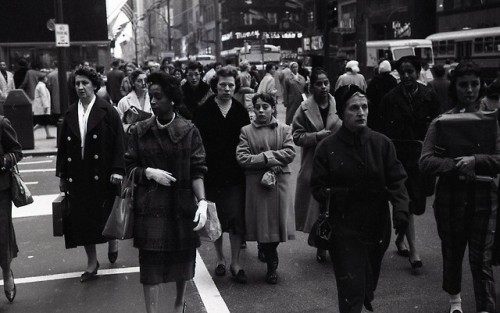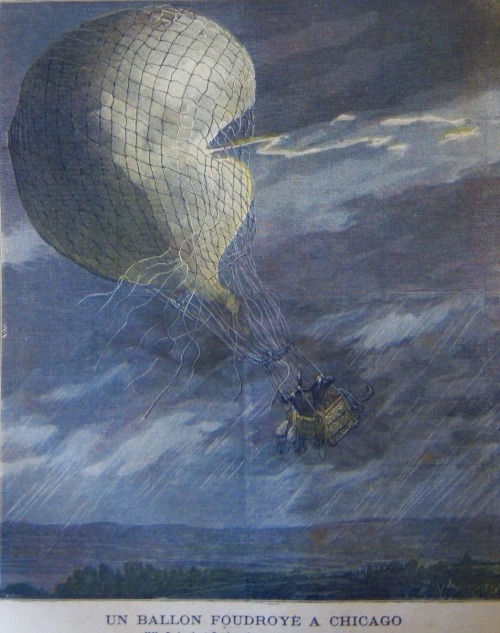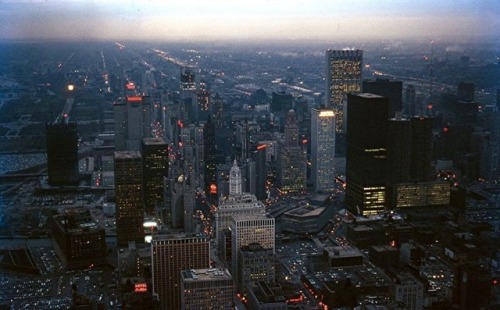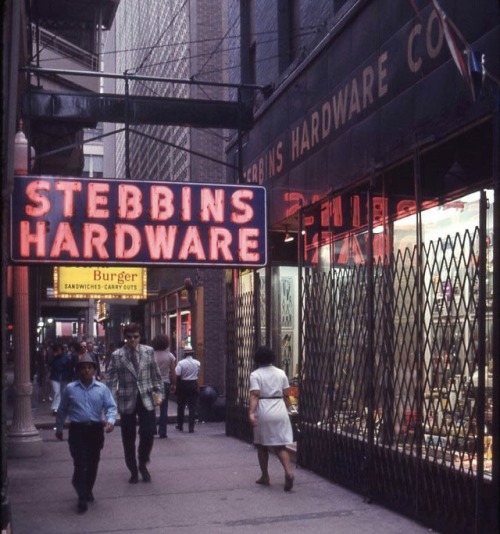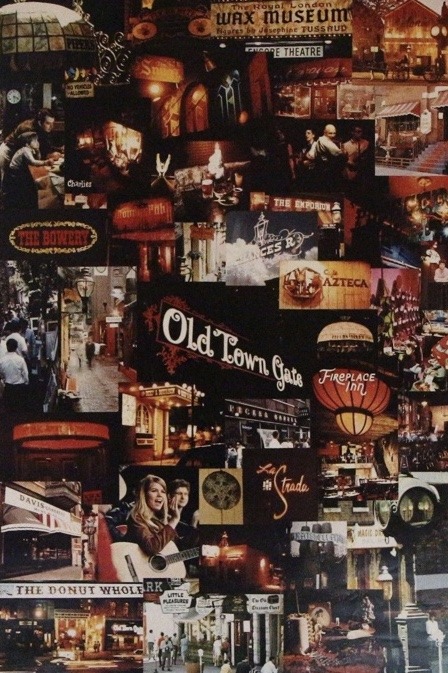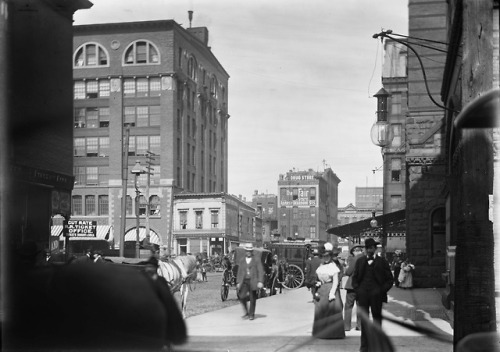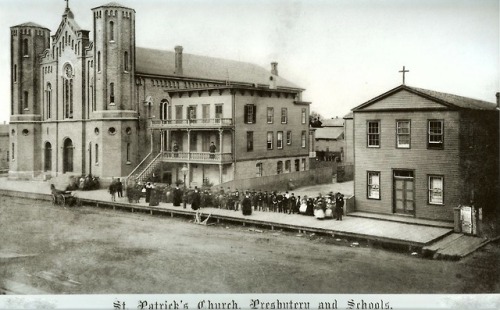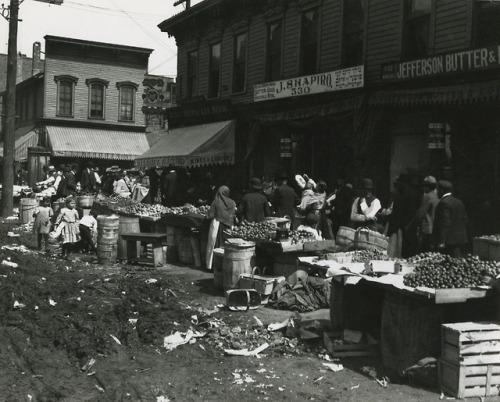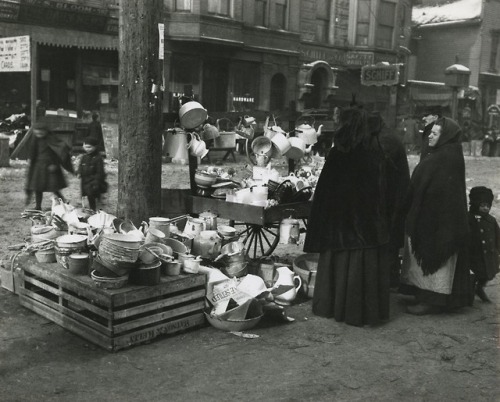#chicago history
Despite holding the title of ‘The Windy City’ Chicago is not particularly windy. Among major American cities, Boston, New York, Dallas, and San Francisco all experience stronger winds.
In fact, Chicago can’t even claim to have the strongest winds in the state; Springfield, Illinois, experiences annual winds that are, on average, half a mile per hour stronger than those in Chicago.

So why is Chicago the windy city? One reason, of course, is that in the 19th century, when the nickname was first used, Americans did not have lots of data on weather patterns that they could consult to crown Boston or San Francisco as the country’s windiest city.
The other, however, is that the name “windy city” seems to have been meant as much as an insult as an actual description of the weather.
According to many guidebooks and local institutions, the nickname reflects the long-windedness of Chicago politicians and the attendees of its many political conventions, as well as locals’ and politicians’ tendency to overstate the merits of their fair city. “During the mid-1800s nearly any city could (and did) proclaim itself the ascendant ‘Metropolis of the West,’”writes the Encyclopedia of Chicago.
Boosters of Chicago touted the city as they “sought to secure investment, workers, and participation in projects of national scope such as the building of railroads.” The Chicago Public Library adds, “Detractors claimed they were full of wind.“
Excerpt from a Priceonomics article by Alex Mayyasi
Today is the 150th anniversary of the Great Chicago Fire, which destroyed much of downtown and the north side of Chicago, leaving 100,000 people without homes. The Water Tower was only two years old, survived the fire sweeping around it, and in later years became a symbol of the city’s recovery from the calamity
Post link
The Wrigley Building marked 100 years with a celebration yesterday, though the actual opening of the building was in April 1921
Post link










Has anyone ever read Devil in the White City, about the 1893 Chicago World’s Fair? If so, you know the fair was massive, but built to be temporary. This is the only building that remains. It now houses the Museum of Science & Industry.
The Brain Scoop: 60 Second Specimens
Murder by Birder
Every specimen has a story: this one was donated to the Field Museum by a murderer.
Before he was charged and convicted with the murder of 14-year-old Bobby Franks, Nathan Leopold was an active birder in the Chicago community. After his conviction and sentencing he donated his collection of birds and published checklists to the Field Museum, where they remain today.
Kirtland’s Warblers (Setophaga kirtlandii) are relatively rare birds, and back in the 1920’s little was known about their migration behavior or life histories. This specimen remains important today – not just for its historical significance in connection with a convicted murderer – but for the scientific value it provides as a voucher specimen for research.
Spring Migration Notes… by a Murderer – blog post on Fieldmuseum.org
Leopold and Loeb’s Criminal Minds – Smithsonian Magazine
Spring Migration Notes of the Chicago Area, including a written letter from Leopold to the Field inquiring about one of his specimens – Biodiversity Heritage Library
A man becomes preeminent, he’s expected to have enthusiasms. Enthusiasms, enthusiasms… What are mine? What draws my admiration? What is that which gives me joy? Baseball…
Post link
Looking south on State from Randolph, Christmas 1968, Chicago.
Black Jesus is playing at the Roosevelt, 110 N. State.
Post link
Chicago Coliseum, October 30, 1927, Chicago
Original caption:
One of the greatest attractions at the National Radio Show, held at the Coliseum this week will be Saturday night when Bernays Johnson sits in the death chair for the second time in his life. There will be three times as much electrical current passed through his body as is required to run an ordinary street car. Photo shows left to right, Officer William McCullough, Bernays Johnson in chair, and Adolph Girsch, testing the switch
Post link
Un Ballon Foudroyé a Chicago, (A balloon is struck (by lightning) in Chicago).
French newspaper cartoon, 1891.
This reminds me of Chicago native and Frances Parker alum, Edward Gorey’s drawings.
Post link
Stebbins Hardware, 15 W Van Buren, 1972, Chicago.
Harold Washington Library stands here now.
Found an interesting article from the Sunday Trib, June 22, 1919 that mentions Stebbins: Girls Get Day to Shop!
Post link
Old St. Pat’s, NW corner of Adams and Des Plaines, 1861, Chicago
One of Chicago’s oldest buildings, construction on Old St. Pat’s began in 1853 and was then dedicated in 1857. The Great Fire of 1871 missed the church by two blocks.
Post link
Sunday market on Jefferson Street (@Maxwell) in the Jewish ghetto, 1905, Chicago
In the first photo, Jefferson looks impassable to street traffic.
Post link

